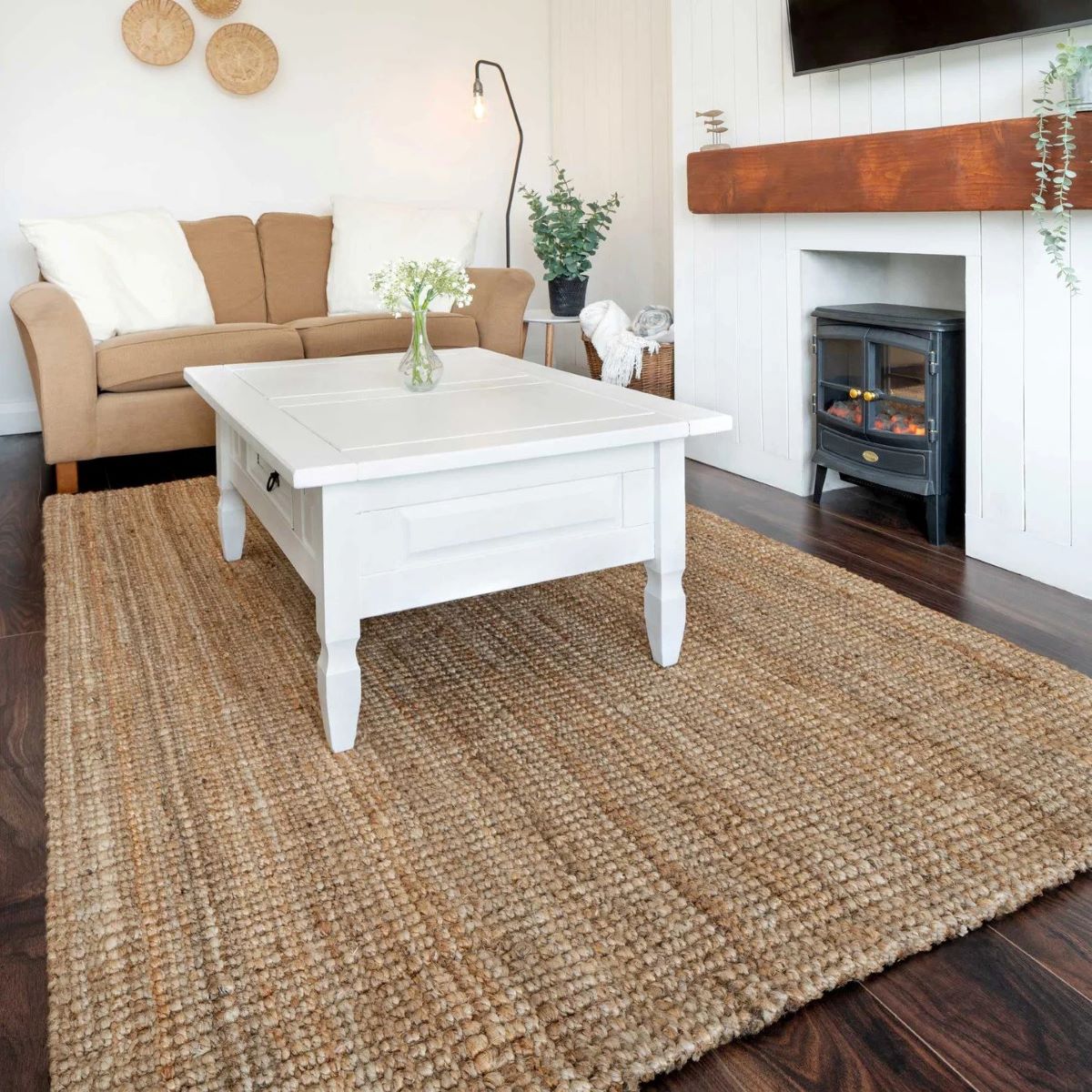

Articles
What Are Jute Rugs Good For
Modified: January 9, 2024
Discover the versatility and beauty of jute rugs with our informative articles. Explore why jute rugs are a great choice for your home's decor and learn how to care for them properly.
(Many of the links in this article redirect to a specific reviewed product. Your purchase of these products through affiliate links helps to generate commission for Storables.com, at no extra cost. Learn more)
Introduction
When it comes to interior design, choosing the right rug can make a significant impact on the overall aesthetics and feel of a room. Jute rugs have become increasingly popular in recent years due to their unique characteristics and natural appeal. Made from the fibers of the jute plant, these rugs offer a range of benefits that make them a versatile and sustainable choice for various interior styles.
In this article, we will explore the advantages and disadvantages of jute rugs, their durability and longevity, their eco-friendliness, as well as tips for their maintenance and care. Whether you’re looking to add a touch of warmth to your living room or wanting to create a cozy and inviting atmosphere in your bedroom, jute rugs may just be the perfect addition to your space.
Key Takeaways:
- Jute rugs offer a natural, versatile, and affordable option for interior design, providing durability, eco-friendliness, and a cozy aesthetic. However, they require careful consideration of potential moisture and staining issues.
- When choosing a jute rug, factors such as size, texture, color, and budget are crucial. By considering these elements and understanding the maintenance needs, you can find the perfect jute rug to enhance your space.
Advantages of Jute Rugs
Jute rugs have gained popularity not only for their natural and rustic appeal but also for the numerous advantages they offer. Here are some of the key benefits of choosing jute rugs for your space:
- Natural and Eco-Friendly: Jute rugs are made from natural fibers derived from the jute plant, making them an eco-friendly choice. These rugs are biodegradable and renewable, making them a sustainable option for those conscious of environmental impact.
- Soft and Comfortable: While jute rugs may have a coarse texture initially, they soften over time with regular use and foot traffic. This natural softening gives them a unique blend of durability and comfort, making them suitable for relaxing spaces such as living rooms, bedrooms, or children’s play areas.
- Versatile Style: Jute rugs effortlessly blend with a variety of interior aesthetics, ranging from rustic and bohemian to coastal and modern. The neutral tones and natural fibers of jute rugs provide a versatile backdrop that complements different color schemes and furniture styles.
- Excellent Durability: Jute rugs are known for their durability and ability to withstand heavy foot traffic. The strong fibers of jute make these rugs resistant to wear and tear, making them ideal for high traffic areas like entryways, hallways, or dining rooms.
- Affordability: Jute rugs are a cost-effective alternative to expensive natural fiber rugs like sisal or seagrass. They offer the same natural and organic look at a more affordable price point, allowing you to achieve a stylish and eco-friendly design without breaking the bank.
- Good Insulation: Jute rugs provide natural insulation, helping to regulate room temperature. They can keep your space warm during colder months and provide a cool surface in warmer climates. This insulation property makes jute rugs a practical choice for various climates and seasons.
With these advantages in mind, it’s no wonder that jute rugs have become a popular choice among homeowners and interior designers seeking an organic, sustainable, and visually appealing addition to their spaces.
Disadvantages of Jute Rugs
While jute rugs offer numerous advantages, it is important to consider their potential drawbacks before making a purchasing decision. Here are some of the disadvantages associated with jute rugs:
- Susceptible to Moisture Damage: One of the main drawbacks of jute rugs is their sensitivity to moisture. This natural fiber tends to absorb water easily, which can lead to swelling, warping, and mold growth if exposed to excessive humidity or spills. It is important to keep jute rugs in dry areas and avoid placing them in bathrooms, kitchens, or other moisture-prone spaces.
- Prone to Stains: Jute rugs are more prone to staining compared to synthetic or treated rugs. Spills should be cleaned immediately to prevent permanent stains from setting in. It is also worth noting that jute rugs cannot be spot cleaned and may require professional cleaning for tougher stains.
- Susceptible to Fading: Jute rugs have a natural tendency to fade when exposed to direct sunlight for extended periods. If you plan to place a jute rug in a sun-drenched area, it is advisable to use window coverings or rotate the rug periodically to prevent uneven fading.
- Not Ideal for High-Traffic Areas: While jute rugs are durable, they may not be the best choice for areas with heavy foot traffic. The natural fibers can wear down over time, especially in busy areas like hallways or entryways. To prolong the lifespan of a jute rug in high-traffic areas, consider using rug pads or runners for added protection.
- Potential for Shedding: Jute rugs may shed fibers during the initial period of use. This shedding is temporary and will subside with regular vacuuming and gentle brushing. It is important to note that the shedding is a natural characteristic of jute rugs and should not be confused with signs of damage or poor quality.
While jute rugs have their limitations, proper care and maintenance can help mitigate these disadvantages. Understanding these potential drawbacks will allow you to make an informed decision and ensure that a jute rug is the right fit for your specific needs and lifestyle.
Durability and Longevity of Jute Rugs
Jute rugs are known for their impressive durability and longevity, making them a reliable choice for both residential and commercial spaces. While the natural fibers of jute provide strength and resilience, proper care and maintenance are key to maximizing the lifespan of these rugs.
When properly cared for, a jute rug can last for several years. The durability of jute rugs lies in their ability to withstand everyday wear and tear. The strong and tightly woven fibers make jute rugs resistant to fraying, making them suitable for high-traffic areas.
However, it is essential to keep in mind that jute rugs are not as resilient as synthetic or heavily treated rugs. They may show signs of wear over time, especially in busy areas or under heavy furniture. To prolong the lifespan of a jute rug, consider using rug pads or furniture coasters to distribute weight evenly and avoid excessive pressure on specific areas.
In terms of cleaning, routine vacuuming is crucial to remove dirt, dust, and debris that can accumulate on the surface of the rug. A regular vacuuming routine helps maintain the rug’s appearance and prevents the fibers from becoming matted or flattened. It is essential to use a vacuum cleaner with a brush attachment or a vacuum specifically designed for natural fiber rugs to avoid damage.
In addition to regular vacuuming, it is important to address spills and stains promptly. Jute rugs are more prone to staining compared to synthetic rugs, so it is wise to blot spills immediately with a clean cloth to absorb the liquid. Avoid rubbing the stain, as it can further embed it into the fibers. For tougher stains, it may be necessary to seek professional cleaning to ensure proper treatment and prevent damage to the rug.
Another factor that can impact the longevity of a jute rug is exposure to sunlight. Direct sunlight can cause fading and discoloration over time. If you plan to place a jute rug in a sunlit area, it is advisable to use window coverings or rotate the rug periodically to ensure even wear.
By following these care and maintenance practices, you can ensure that your jute rug remains durable and retains its natural beauty for many years to come.
Jute Rugs as Eco-Friendly Options
Jute rugs have gained popularity not only for their aesthetic appeal but also for their eco-friendly characteristics. If you are conscious about minimizing your environmental impact and seeking sustainable options for your space, jute rugs are an excellent choice.
The primary reason why jute rugs are considered eco-friendly is their material source. Jute is a natural fiber derived from the jute plant, a fast-growing renewable resource that requires minimal water and pesticides compared to other crops. Jute plants can reach maturity within four to six months, making it a highly sustainable fiber choice.
Furthermore, the cultivation of jute plants has several environmental benefits. Jute plants are known to absorb large amounts of carbon dioxide and release oxygen into the atmosphere, contributing to carbon sequestration and combating climate change. Additionally, jute plants enrich the soil by adding organic matter, enhancing its fertility and reducing the need for chemical fertilizers.
During the manufacturing process, jute rugs require minimal energy consumption compared to synthetic rug materials. The processing of jute fibers involves less chemical treatment and relies more on natural methods, ensuring a reduced carbon footprint compared to rugs made from synthetic materials.
Furthermore, jute rugs are biodegradable, allowing them to decompose naturally at the end of their life cycle without leaving harmful residues. This characteristic reduces the strain on landfills and contributes to a more sustainable waste management system.
In addition to their environmental benefits, jute rugs also offer health advantages. Unlike synthetic rugs, which can release harmful volatile organic compounds (VOCs) into the air, jute rugs are a natural and non-toxic option. This makes them suitable for individuals with chemical sensitivities or allergies.
By choosing jute rugs, you are making an eco-conscious decision that supports sustainable farming practices, reduces carbon emissions, and promotes a healthier living environment.
When using a jute rug, consider placing a rug pad underneath to prevent slipping and to provide extra cushioning. This will also help to extend the life of the rug.
Read more: How To Clean Jute Rugs
Jute Rugs for Different Interior Styles
Jute rugs are incredibly versatile when it comes to complementing different interior styles. Their natural texture and neutral tones make them a seamless addition to a wide range of aesthetics, from rustic and bohemian to coastal and modern.
For a rustic or farmhouse-inspired interior, jute rugs add a touch of warmth and organic charm. Their natural, earthy hues and textured appearance create a cozy and inviting atmosphere. Pair a jute rug with wooden furniture, distressed finishes, and vintage accents to enhance the rustic appeal of the space.
In bohemian or eclectic interiors, jute rugs serve as a foundation for layering different textures and patterns. The natural fibers of jute create an interesting visual contrast when combined with vibrant colors, ethnic prints, and a mix of textiles. The combination of jute rugs with colorful cushions, macramé wall hangings, and plants can create a boho-inspired oasis in any room.
Jute rugs are also suitable for coastal or beach-themed interiors. The natural and airy texture of jute complements the breezy, relaxed vibe of coastal design. Pair a jute rug with light-colored furniture, whitewashed or weathered finishes, and beachy accessories for a coastal-inspired space. The organic feel of jute adds an element of nature that complements the seaside aesthetic.
For modern or minimalist interiors, jute rugs provide a calming and grounding effect. The simplicity of jute rugs aligns well with clean lines, neutral color palettes, and minimalist décor. It adds a natural element that softens the space and creates a harmonious balance between simplicity and warmth.
Moreover, jute rugs can also be incorporated into traditional or transitional interiors. Their timelessness and versatility allow them to blend seamlessly with various furniture styles, whether it’s traditional elegance or a mix of classic and contemporary elements. The soft and muted tones of jute rugs can enhance the sophistication and timeless appeal of these spaces.
Regardless of the interior style you prefer, jute rugs have the flexibility to adapt and enhance the aesthetics of your space. Whether you’re going for a cozy, beachy, modern, or traditional look, a jute rug can be a versatile and stylish addition that ties the room together.
Maintenance and Care for Jute Rugs
Proper maintenance and care are essential to ensure the longevity and appearance of your jute rug. While jute rugs are known for their durability, they require some specific attention to keep them looking their best. Here are some maintenance and care tips for your jute rug:
- Vacuum Regularly: Regular vacuuming is crucial to remove dirt, dust, and debris that can accumulate on the surface of the rug. Use a vacuum cleaner with a brush attachment or a vacuum specifically designed for natural fiber rugs. Vacuuming also helps prevent the fibers from becoming matted or flattened.
- Blot Spills Immediately: Jute rugs are more prone to staining compared to synthetic rugs. If a spill occurs, blot it immediately with a clean cloth or paper towel. Press down gently to absorb the liquid without rubbing, which can further embed the stain into the fibers.
- Avoid Excessive Moisture: Jute rugs are sensitive to excess moisture and can lead to warping, swelling, and mold growth. Avoid placing jute rugs in areas prone to spills or high humidity, such as kitchens or bathrooms. If a jute rug gets wet, dry it thoroughly using a fan or by hanging it in a well-ventilated area.
- Rotate the Rug: To prevent uneven wear and fading, rotate your jute rug periodically. This is especially important if the rug is placed in a high-traffic area or receives direct sunlight. Rotating the rug ensures that it wears evenly and helps maintain its original color and texture.
- Use Rug Pads: Using a rug pad underneath your jute rug provides additional cushioning and helps prevent slippage. The rug pad also acts as a barrier between the rug and the floor, protecting both the rug and the floor surface from potential damage.
- Avoid Direct Sunlight: Jute rugs can fade when exposed to direct sunlight over an extended period. Use window coverings, such as blinds or curtains, to protect the rug from excessive sun exposure. Alternatively, you can rotate the rug periodically to ensure even fading.
- Professional Cleaning: If your jute rug requires a deep cleaning or has stubborn stains, it is recommended to seek professional cleaning services. Professional cleaners have the expertise and equipment to properly clean and treat jute rugs without causing damage.
It is important to note that jute rugs may shed fibers during the initial period of use. This shedding is temporary and will subside with regular vacuuming and gentle brushing. Do not be alarmed by the shedding, as it is a natural characteristic of jute rugs.
By following these maintenance and care tips, you can keep your jute rug looking beautiful and extend its lifespan. With the right care, your jute rug will continue to add warmth and style to your space for years to come.
Choosing the Right Jute Rug for Your Space
When it comes to choosing a jute rug for your space, there are several factors to consider to ensure that you select the perfect fit. Here are some tips to help you choose the right jute rug for your specific needs and style:
- Size: Consider the size of the room and the area where you plan to place the rug. Measure the space and determine the appropriate rug dimensions. Whether you want a small accent rug or a large area rug that anchors the room, ensure that the size of the jute rug is proportional to the room’s layout.
- Texture: Jute rugs have a naturally coarse texture initially, but they soften over time with regular use. Decide whether you prefer a rougher or smoother texture and choose a jute rug with the appropriate weave and thickness. Keep in mind that a rougher texture may be more suitable for high-traffic areas, while a smoother texture may be more comfortable in bedrooms or living rooms.
- Color: Jute rugs come in various shades of beige, tan, and brown, offering a range of neutral colors that blend well with different interior styles. Consider the color scheme of your room and choose a jute rug that complements the existing decor. Keep in mind that jute rugs may exhibit slight color variations and imperfections due to their natural fibers.
- Pattern: Jute rugs are available in both solid and patterned designs. Solid-colored jute rugs create a more understated and versatile look, while patterned jute rugs can add visual interest and dimension to the space. Consider the overall design scheme and decide if a patterned jute rug suits your room’s style.
- Backing: Check if the jute rug has a backing material. Some jute rugs come with a latex or cotton backing, which provides added stability and helps prevent slipping. However, if you prefer a completely natural rug without synthetic materials, opt for a jute rug without a backing.
- Budget: Determine your budget for a jute rug and explore options within that price range. Jute rugs are generally more affordable compared to other natural fiber rugs, but prices may vary based on size, quality, and design. Set a realistic budget and choose a jute rug that offers the best value for your money.
Additionally, it is always a good idea to read reviews and consider the brand’s reputation before purchasing a jute rug. Look for reputable sellers and ensure that the rug meets your quality expectations.
Lastly, remember to take into account the specific needs and functionalities of the room. For example, if you’re looking for a jute rug for the dining room, consider a rug with a tighter weave to prevent food particles from getting trapped. In high-traffic areas, opt for a thicker jute rug with a more rugged texture for added durability.
By considering these factors and your personal preferences, you can choose a jute rug that complements your space, provides the desired comfort, and adds a touch of natural beauty to your home.
Conclusion
Jute rugs offer a unique blend of natural beauty, durability, and eco-friendliness, making them a popular choice for interior design. With their rustic charm and versatility, jute rugs can effortlessly enhance various interior styles and bring a touch of organic warmth to any space.
From their advantages, such as being natural, soft, and versatile, to their potential disadvantages, including sensitivity to moisture and staining, it is important to weigh the pros and cons before making a decision. However, with proper care and maintenance, jute rugs can withstand everyday wear and tear and provide years of enjoyment.
Moreover, jute rugs stand out as an eco-friendly option due to their sustainable cultivation, biodegradability, and minimal use of chemicals. By choosing a jute rug, you are making a conscious choice to support sustainable practices and reduce your environmental footprint.
When selecting a jute rug for your space, factors like size, texture, color, pattern, and budget play a significant role. By considering these factors and your specific needs, you can find the perfect jute rug that complements your interior style and suits the functionality of the room.
Ultimately, a jute rug can add warmth, texture, and natural beauty to any room, creating a comfortable and inviting atmosphere. Whether you’re looking to create a cozy living room, a serene bedroom, or a stylish workspace, a jute rug’s timeless appeal can help transform your space into a welcoming oasis.
In conclusion, jute rugs are a sustainable and stylish option for those seeking to bring a touch of nature into their homes. With their eco-friendly qualities, durability, and adaptability to different interior styles, jute rugs are a reliable choice that can enhance the aesthetics and functionality of any room.
Frequently Asked Questions about What Are Jute Rugs Good For
Was this page helpful?
At Storables.com, we guarantee accurate and reliable information. Our content, validated by Expert Board Contributors, is crafted following stringent Editorial Policies. We're committed to providing you with well-researched, expert-backed insights for all your informational needs.
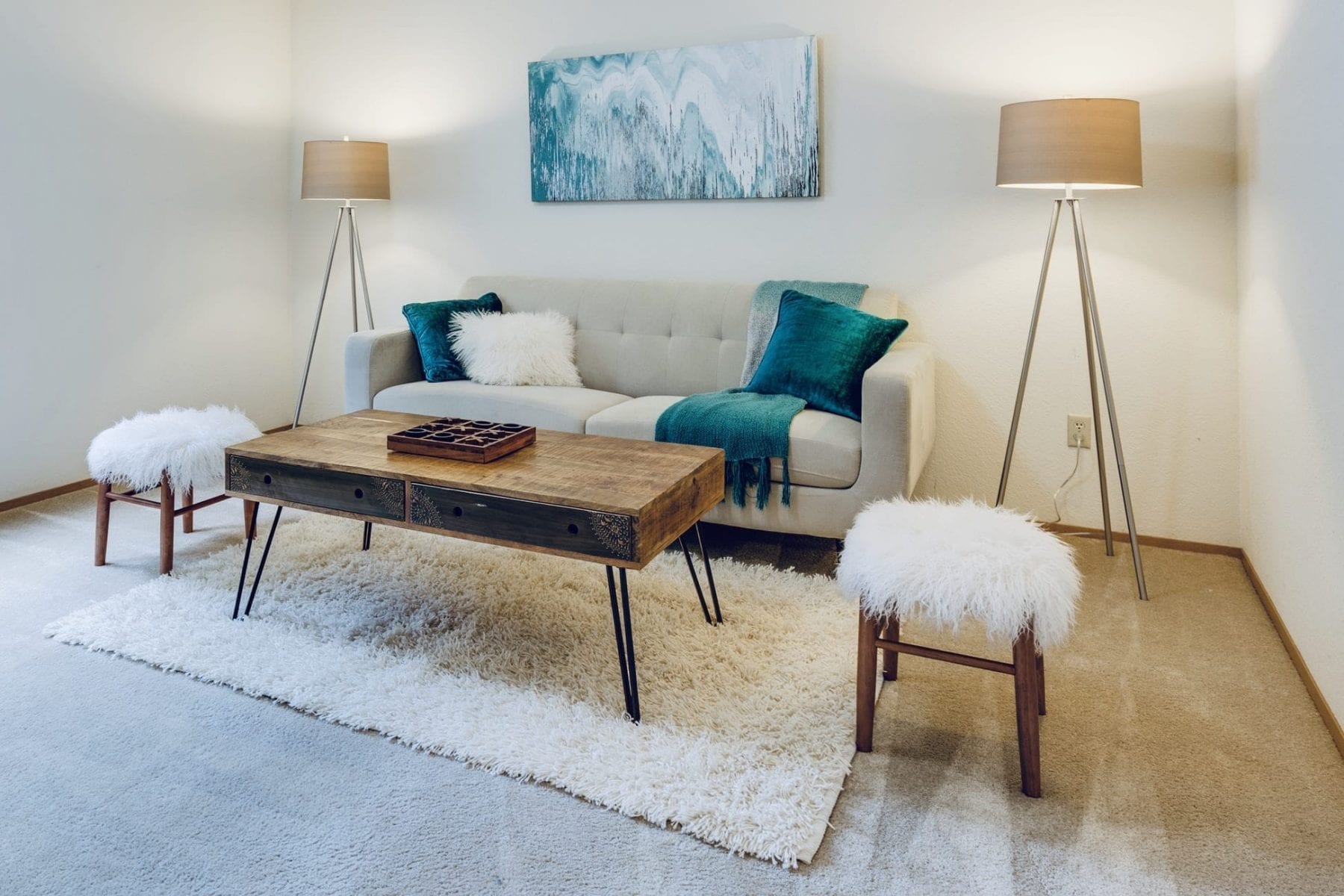
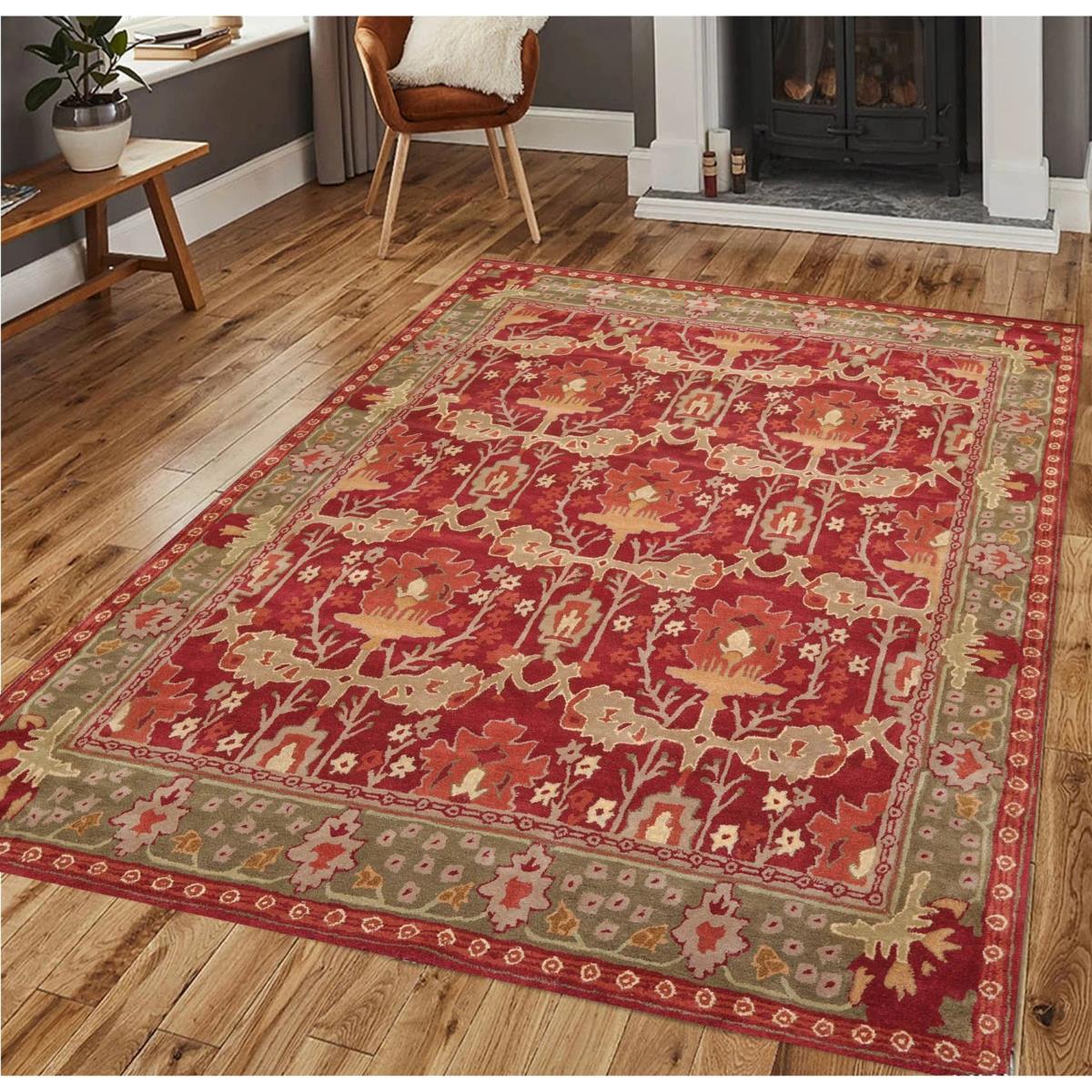
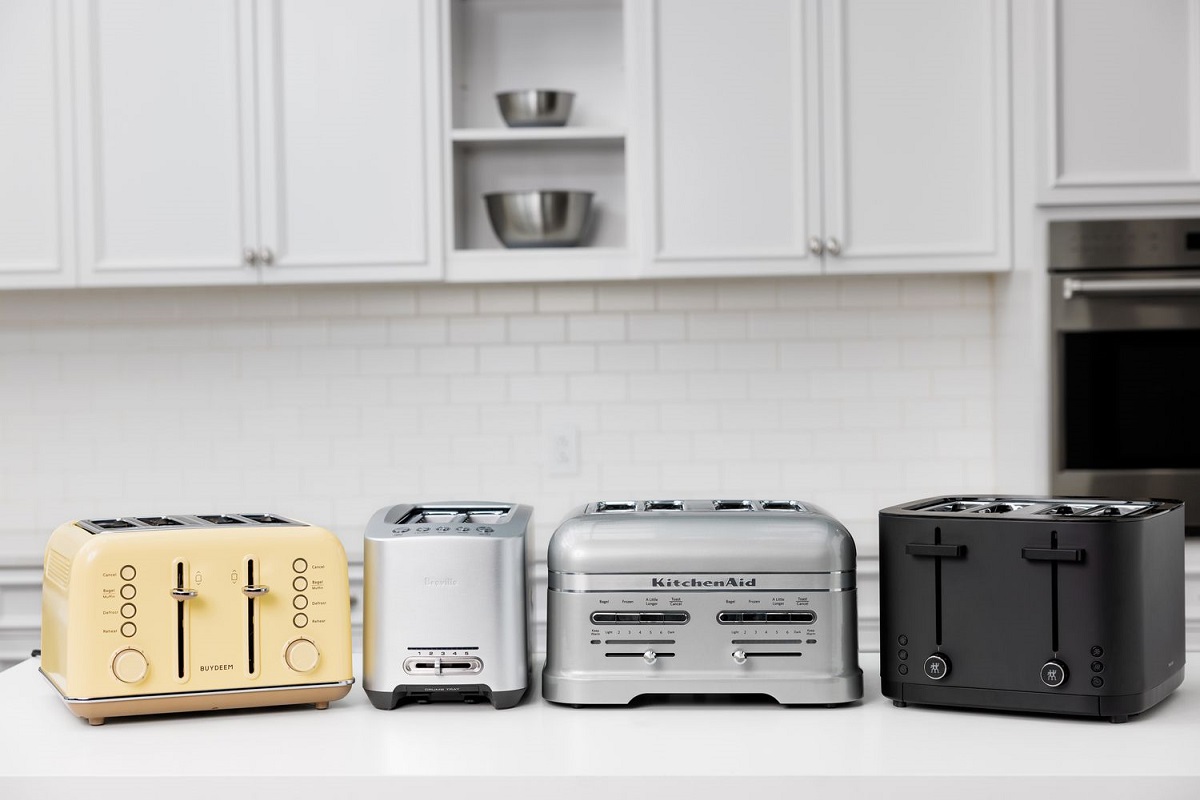
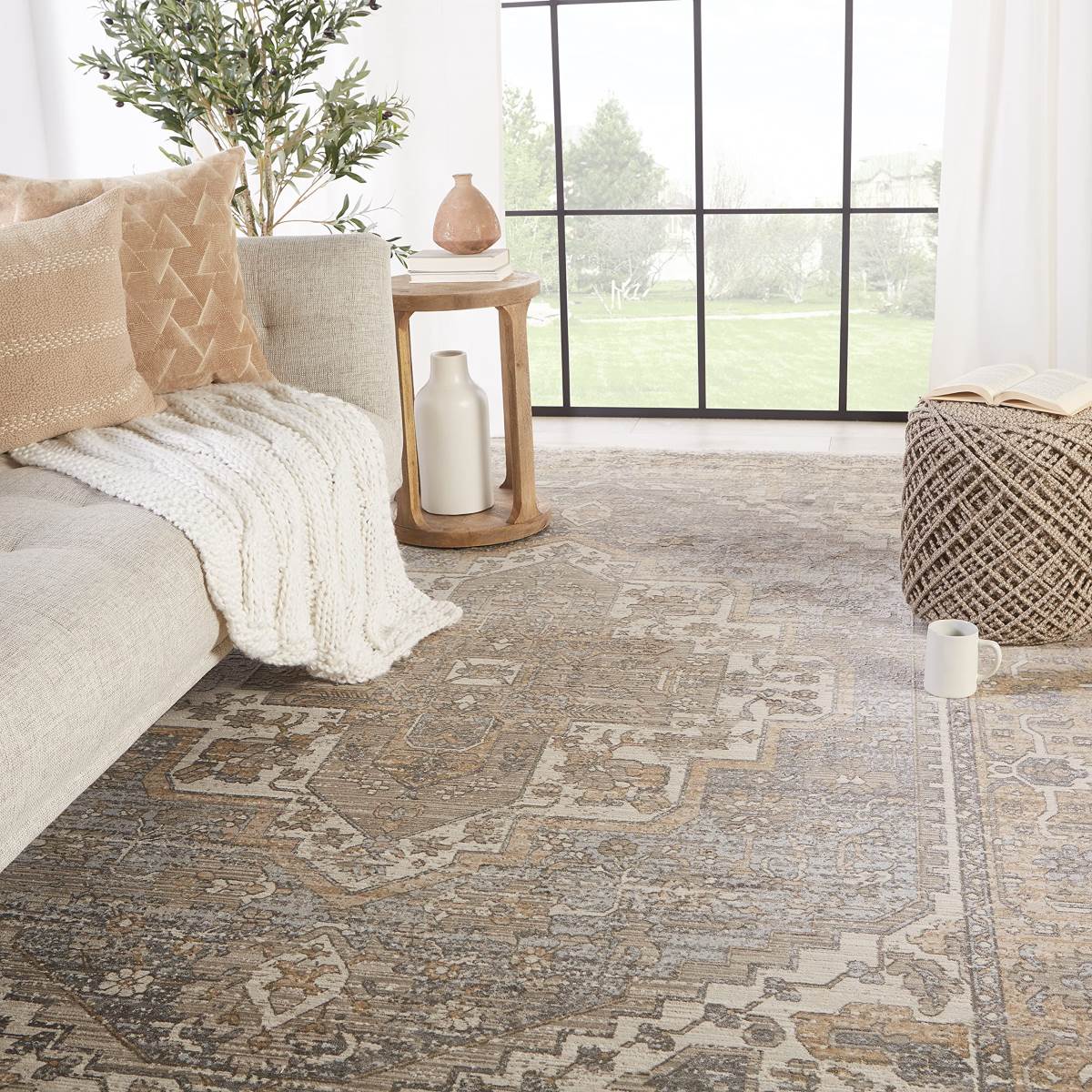
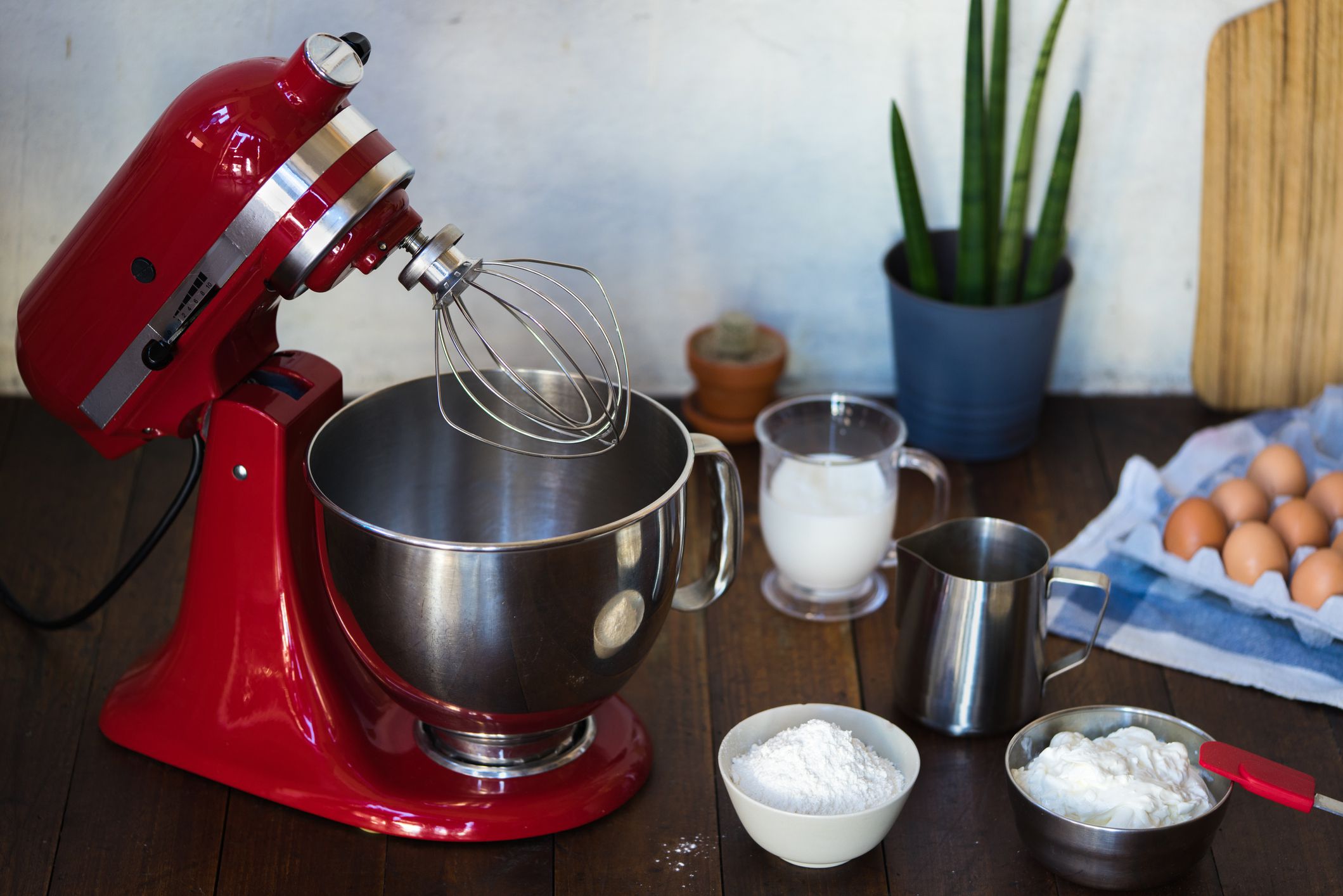
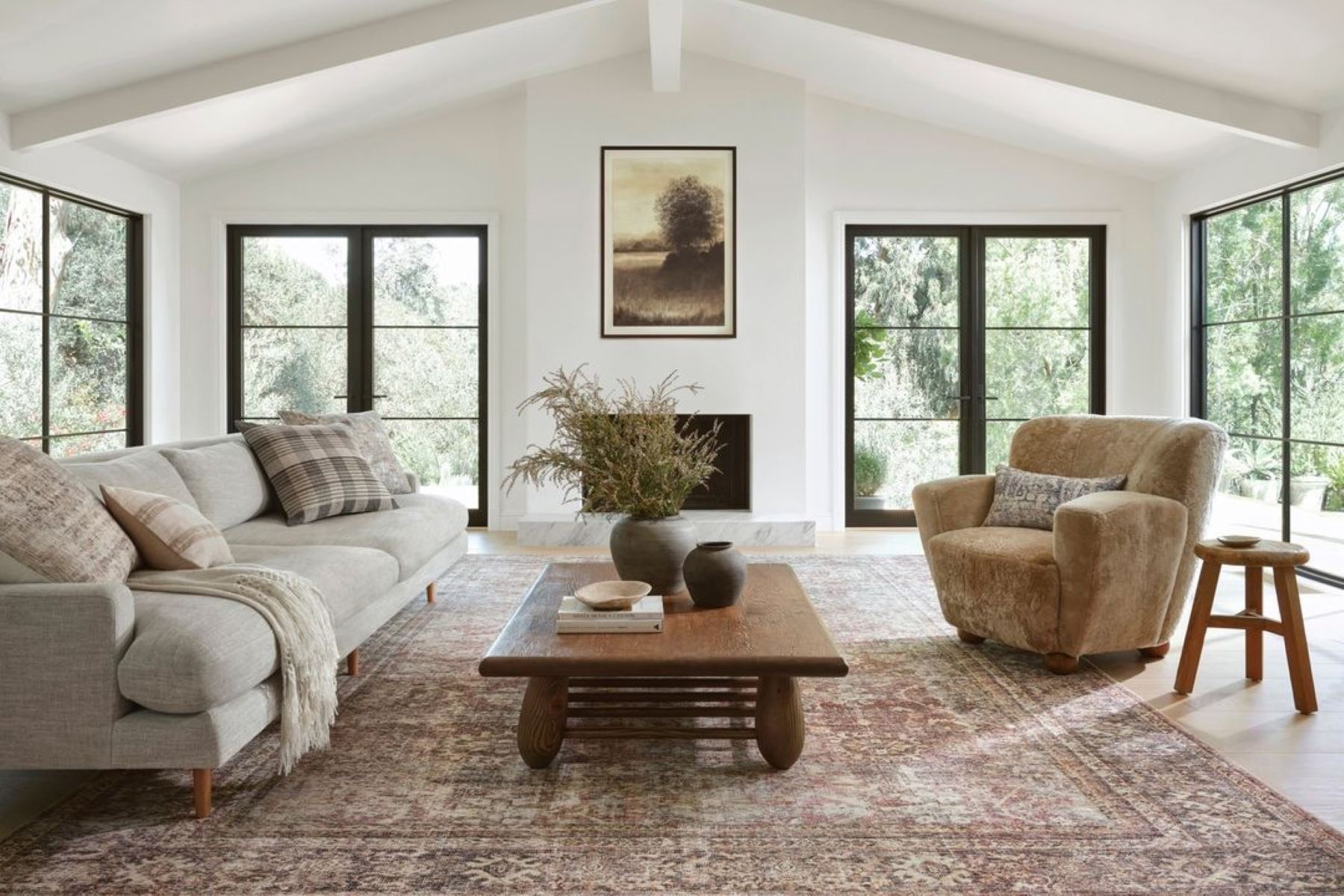


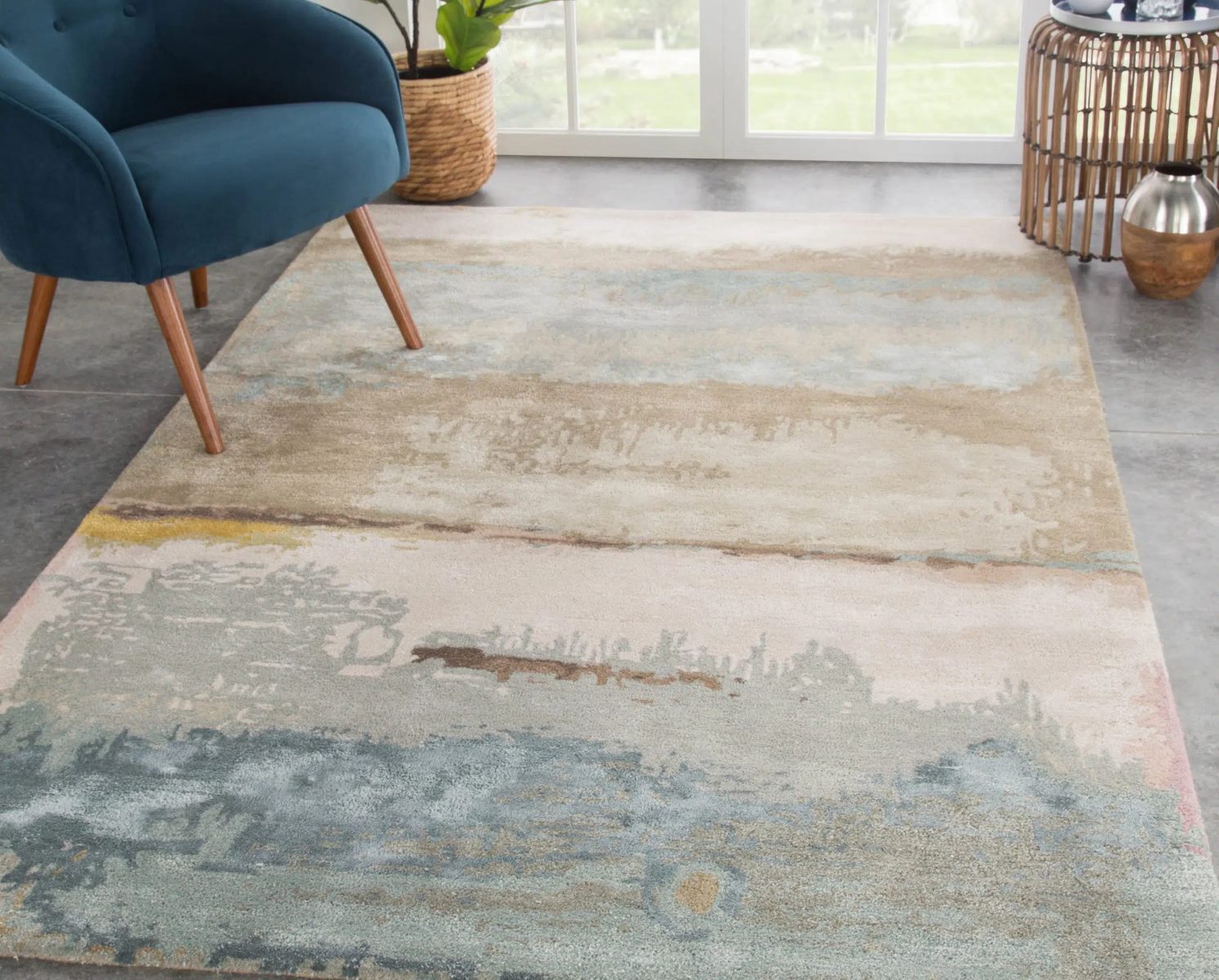
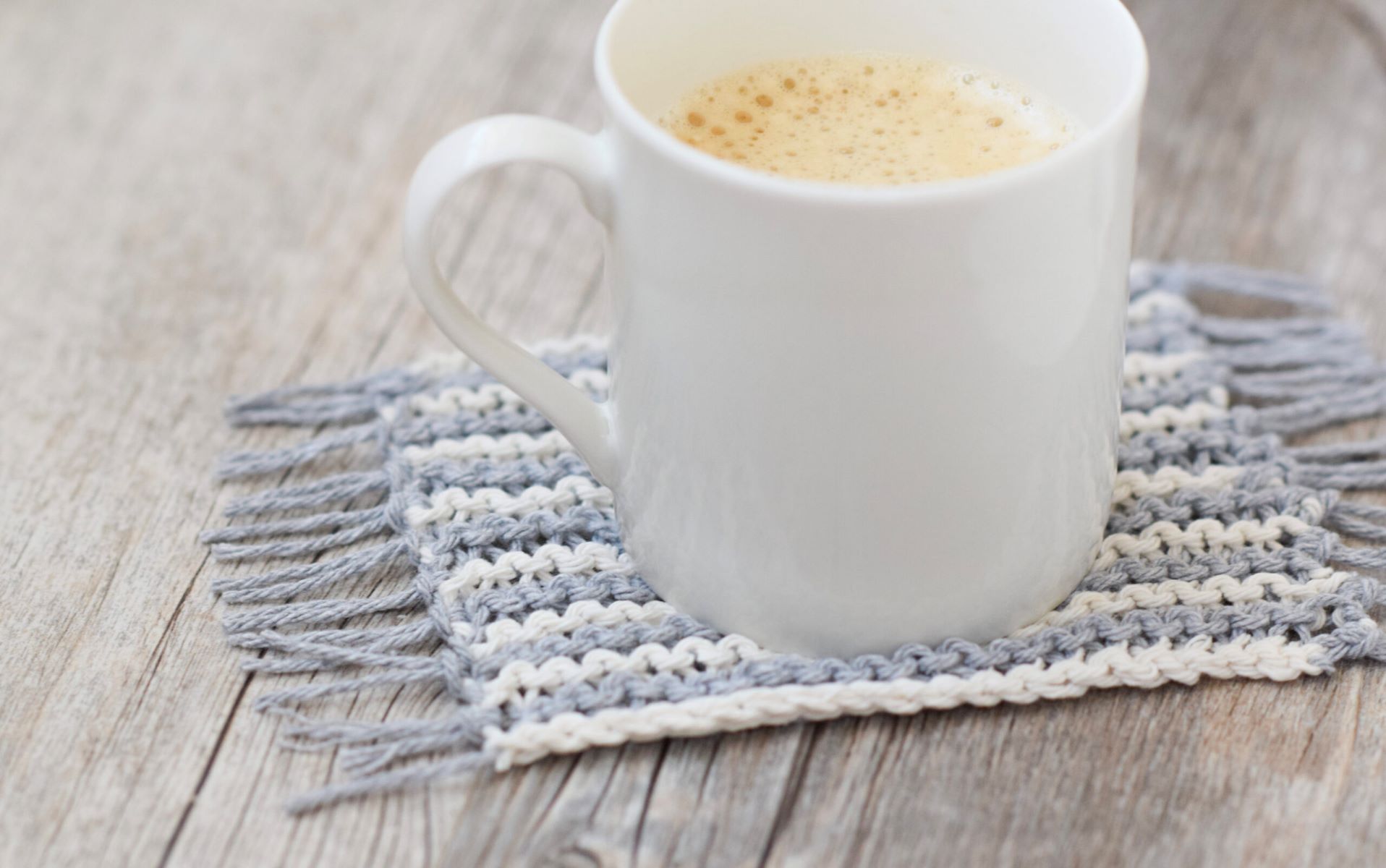
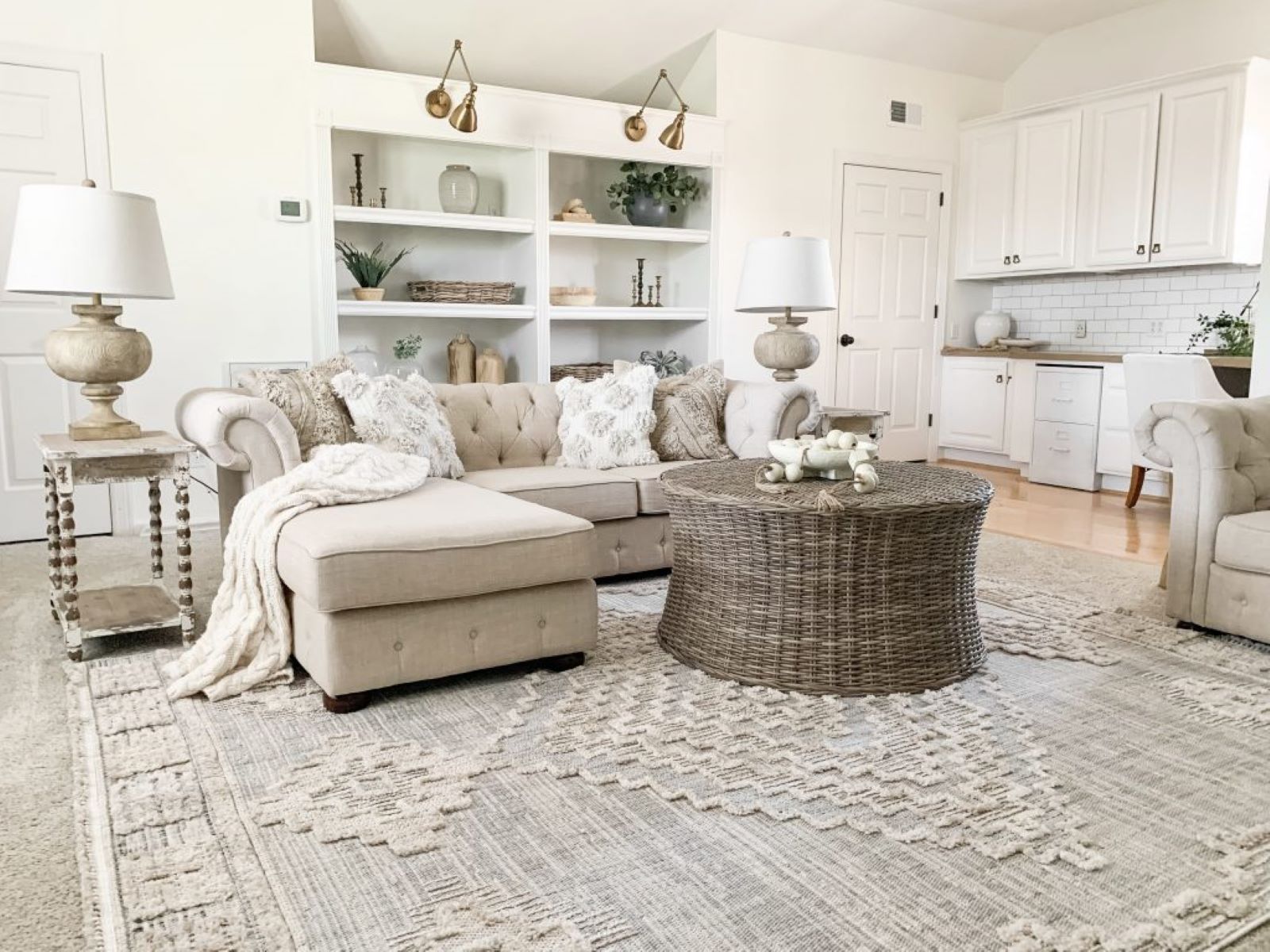
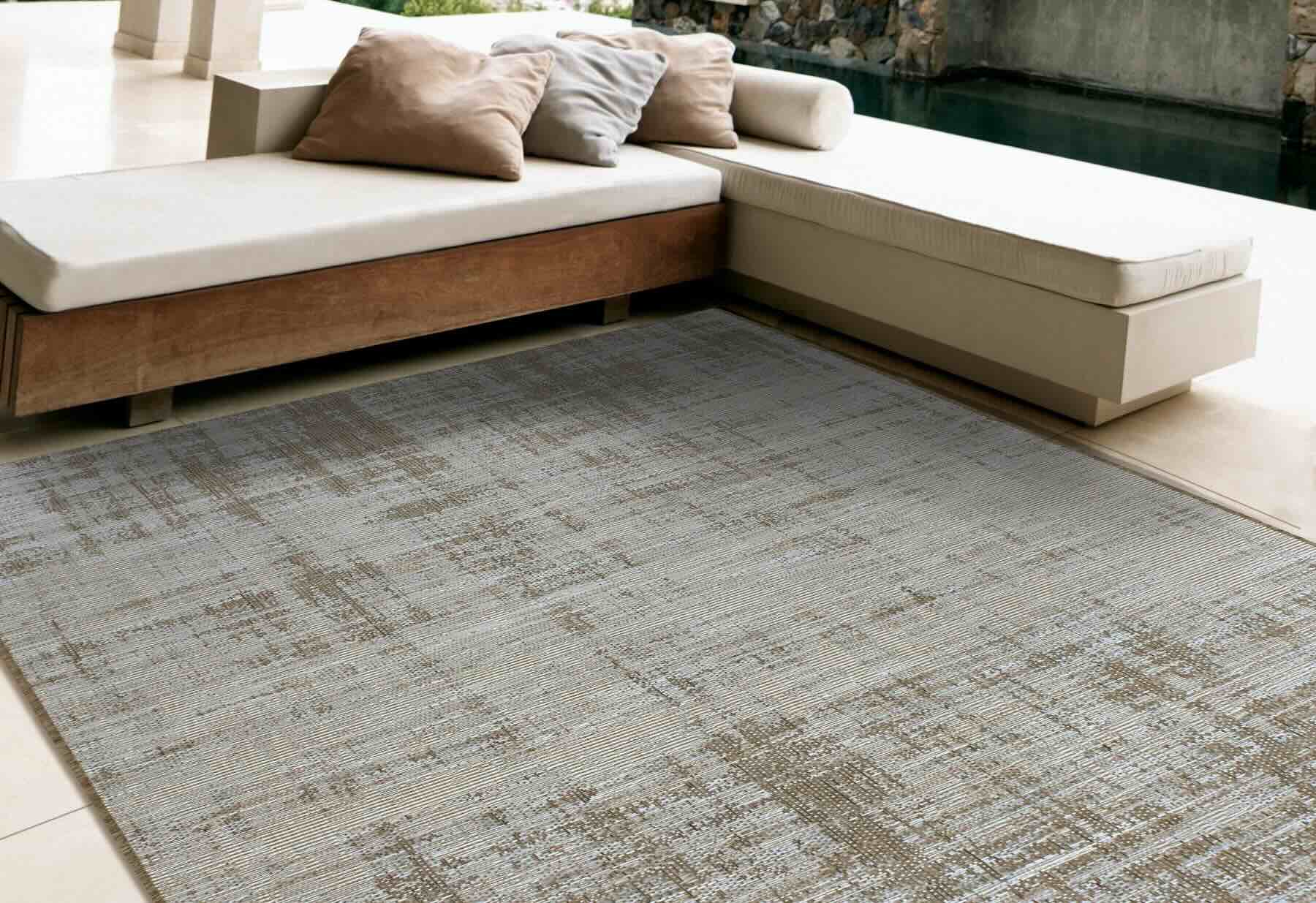
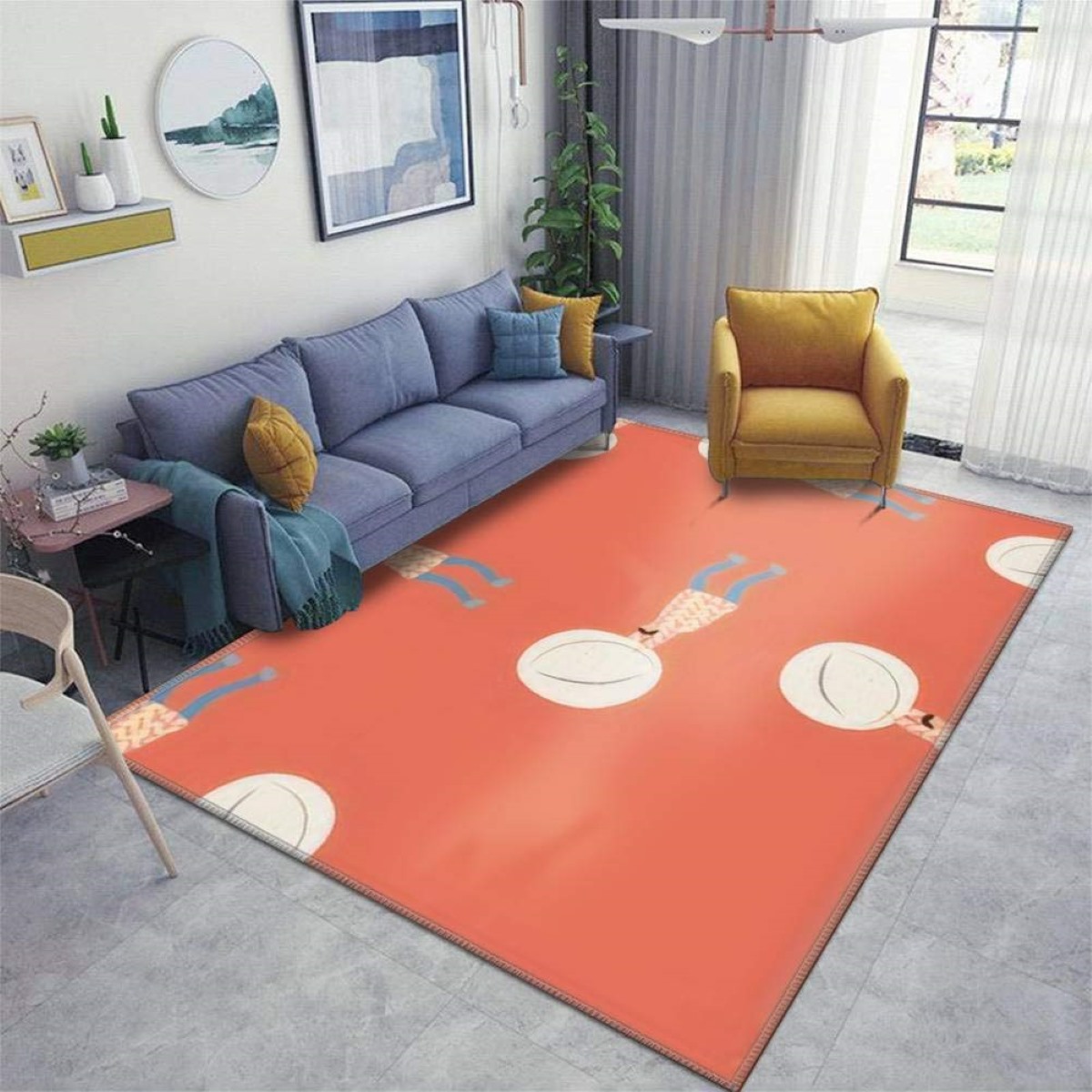
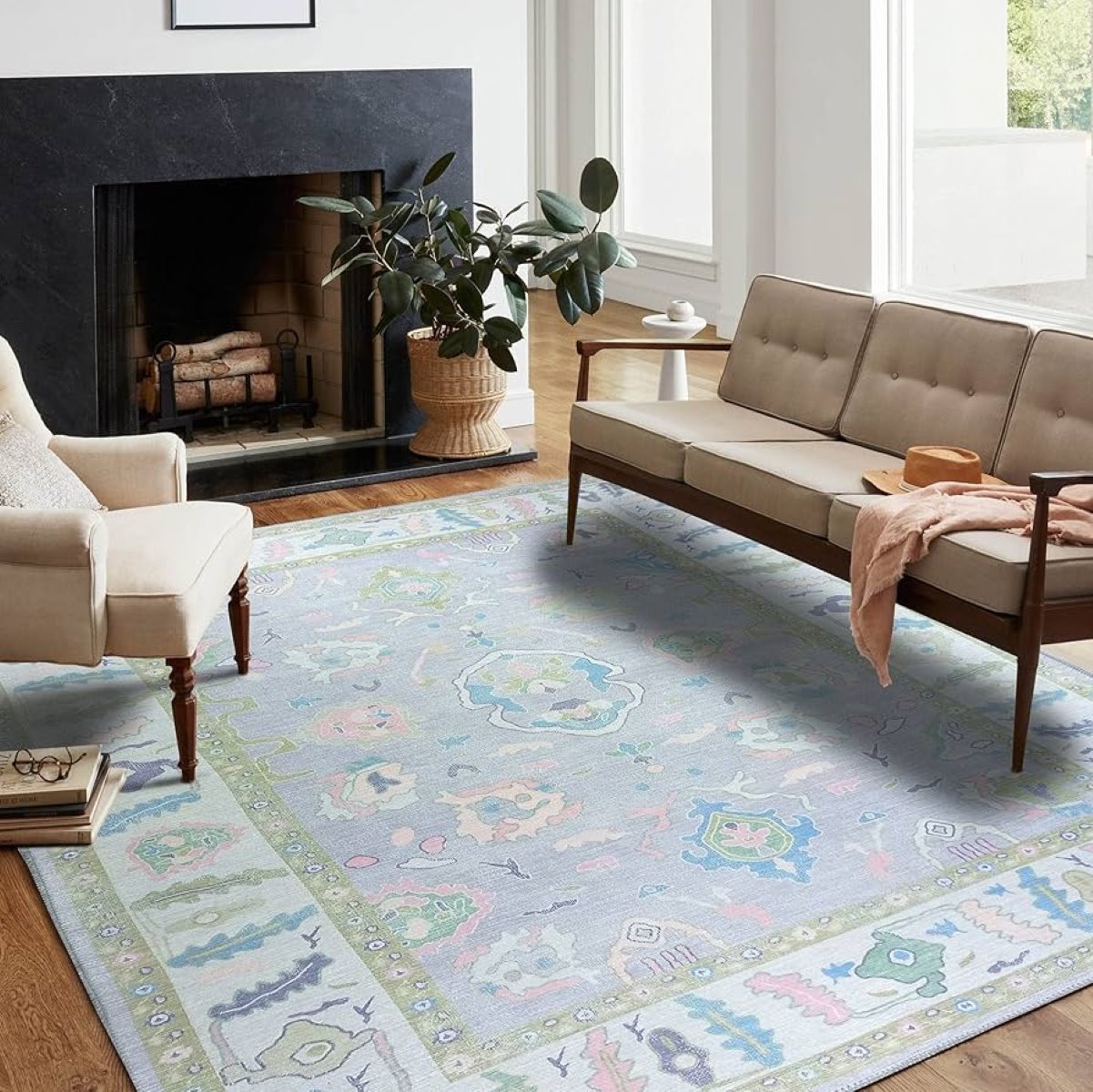

0 thoughts on “What Are Jute Rugs Good For”